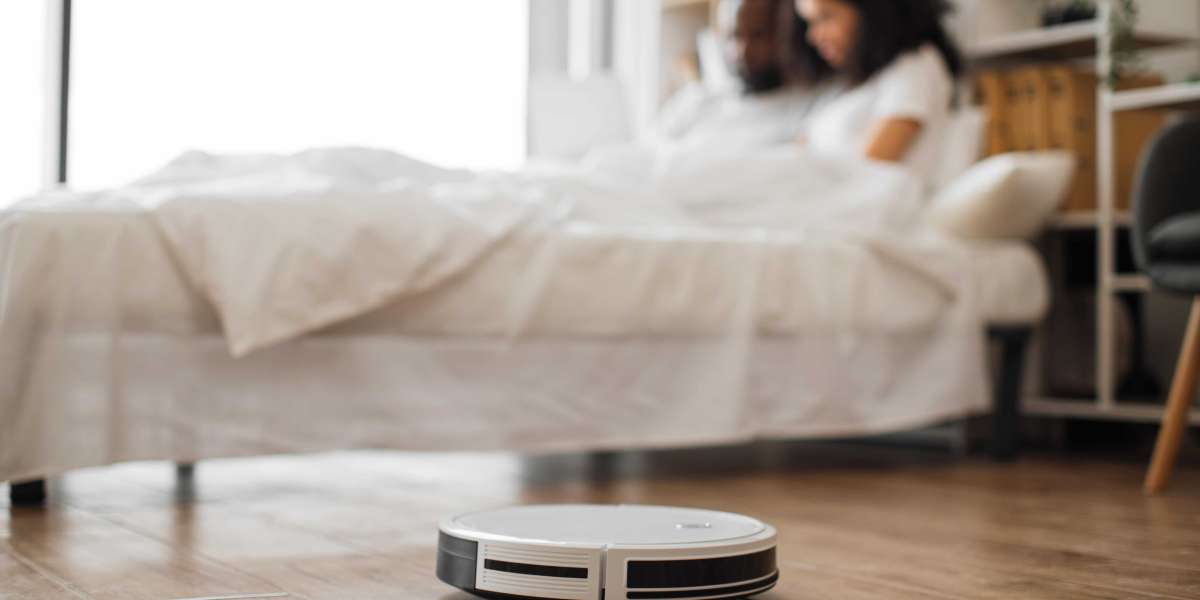Introduction
The way we communicate at home has dramatically evolved over the past few decades. One of the most significant advancements in this field is the adoption of Voice over Internet Protocol (VoIP). But what exactly is VoIP, and why is it becoming so crucial for home communication?
Understanding Home VoIP
Definition and Basic Concept
Voice over Internet Protocol, or VoIP, is a technology that allows you to make voice calls using a broadband Internet connection instead of a regular (or analog) phone line. Think of it as the digital evolution of traditional phone systems, where voice signals are converted into data packets and transmitted over the internet.
How Home VoIP Works
Home VoIP works by converting your voice into digital data, sending it over the internet, and converting it back to voice at the other end. This process involves several steps:
- Signal Conversion: Your voice is converted into digital data.
- Data Transmission: This data is sent over the internet to the recipient.
- Reception and Conversion: The recipient’s VoIP service converts the digital data back into a voice signal.
Benefits of Home VoIP
Cost Savings
One of the most compelling reasons to switch to home VoIP is the potential for significant cost savings. Traditional phone lines often come with hefty bills, especially for long-distance and international calls. VoIP services, on the other hand, typically offer lower rates and, in many cases, unlimited calling plans.
Flexibility and Mobility
With VoIP, you’re not tied to a specific location. As long as you have an internet connection, you can make and receive calls from anywhere in the world. This flexibility is particularly beneficial for those who travel frequently or work remotely.
Advanced Features
VoIP services often come with a host of advanced features that aren’t available with traditional phone systems. These include call forwarding, voicemail to email, video calling, and conference calling, among others.
Types of Home VoIP Services
Residential VoIP Providers
These are companies that offer VoIP services specifically designed for home use. They provide the necessary hardware and software, and often include customer support to help with setup and troubleshooting.
Self-hosted VoIP Solutions
For the more tech-savvy, self-hosted VoIP solutions offer greater control and customization. This involves setting up your own VoIP server and managing all aspects of your service.
Free VoIP Services
There are also several free VoIP services available, such as Skype and Google Voice. While these may not offer all the features of paid services, they can be a great option for those on a tight budget.
Key Features of Home VoIP
Call Forwarding
Never miss an important call again. Call forwarding allows you to redirect incoming calls to another number, such as your mobile phone.
Voicemail to Email
Voicemail to email is a feature that sends audio recordings of your voicemails to your email, allowing you to listen to them from your computer or mobile device.
Video Calling
VoIP isn’t limited to voice calls. Many services also support video calling, allowing you to see and speak with your contacts face-to-face.
Conference Calling
Conference calling is another powerful feature of VoIP. Whether you’re coordinating a family call or hosting a business meeting, VoIP makes it easy to connect multiple parties on a single call.
Choosing the Right Home VoIP Service
Assessing Your Needs
Before selecting a VoIP provider, it’s essential to assess your communication needs. How often do you make long-distance calls? Do you need advanced features like video calling or voicemail to email?
Comparing Providers
Once you know what you need, you can start comparing providers. Look at the features they offer, their pricing plans, and customer reviews.
Evaluating Costs
Don’t just look at the monthly fee. Consider the total cost of ownership, including setup fees, hardware costs, and any additional charges for extra features.
Setting Up Home VoIP
Required Equipment
To set up home VoIP, you’ll need a few key pieces of equipment: a VoIP adapter (if you’re using a traditional phone), a VoIP phone, or a computer with VoIP software. You’ll also need a reliable internet connection.
Installation Process
The installation process will vary depending on your setup, but generally, it involves connecting your VoIP device to your router and following the provider’s setup instructions.
Troubleshooting Common Issues
Common issues with VoIP include poor call quality, dropped calls, and connection problems. Most of these issues can be resolved by checking your internet connection, ensuring your hardware is properly connected, and contacting your provider for support.
Popular Home VoIP Providers
Overview of Leading Providers
Some of the most popular home VoIP providers include Vonage, Ooma, and MagicJack. Each of these companies offers a range of features and pricing plans to suit different needs.
Features and Pricing Comparison
When comparing providers, consider the features they offer, such as call forwarding, voicemail to email, and video calling. Also, look at their pricing plans to ensure they fit within your budget.
Security and Privacy Concerns
Protecting Your VoIP Service
VoIP services can be vulnerable to security threats, such as hacking and eavesdropping. To protect your service, use strong passwords, enable encryption, and keep your software up to date.
Best Practices for Secure Communication
In addition to securing your VoIP service, follow best practices for secure communication. Avoid sharing sensitive information over unsecured connections and be wary of unsolicited calls.
Integrating Home VoIP with Smart Home Devices
Compatibility with Smart Devices
Many modern VoIP systems are compatible with smart home devices, such as smart speakers and home assistants. This integration can enhance your home automation setup and provide additional convenience.
Enhancing Home Automation
By integrating VoIP with your smart home devices, you can create a more seamless and connected home environment. For example, you can use voice commands to make calls or check voicemails through your smart speaker.
VoIP for Remote Work
Advantages for Remote Workers
Home VoIP is a game-changer for remote workers. It allows you to stay connected with colleagues and clients, regardless of your location. Features like call forwarding and voicemail to email ensure you never miss an important call.
Setting Up a Home Office VoIP System
Setting up a home office VoIP system involves selecting the right provider, choosing the necessary equipment, and ensuring your internet connection is reliable. Once set up, you’ll have a professional-grade communication system at home.
Future Trends in Home VoIP
Emerging Technologies
The future of VoIP looks promising, with emerging technologies like 5G and artificial intelligence poised to enhance the quality and capabilities of VoIP services.
Predictions for the Next Decade
Over the next decade, we can expect VoIP to become even more integrated into our daily lives, with smarter features, better call quality, and increased security.








